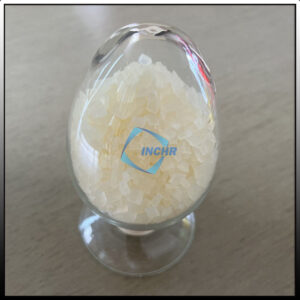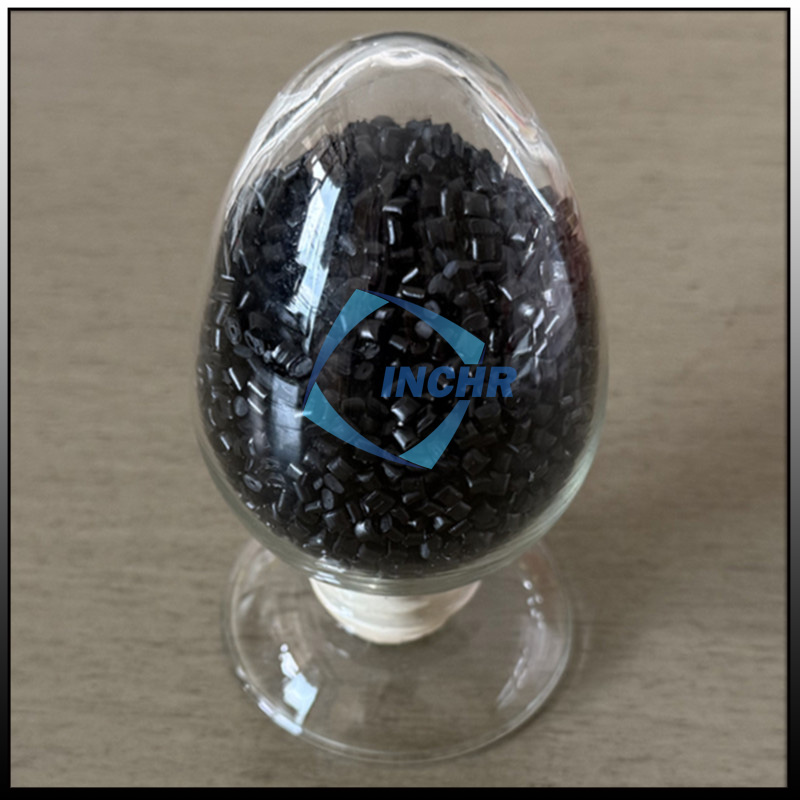What is heat sealable film?
Heat sealable film is a functional film widely used in packaging, electronic component packaging, and other fields. However, it is prone to static electricity generation due to friction during use, which not only affects the product experience but can also damage sensitive electronic components. Antistatic masterbatch is an efficient and convenient solution that imparts long-lasting antistatic properties to heat sealable through melt blending.
Heat sealable film, primarily based on polyethylene (PE) (such as LDPE, LLDPE, EVA), is widely used in food packaging and electronic device reusable packaging due to its excellent heat-sealing properties, flexibility, and processability. However, PE is an insulating polymer. During production, transportation, and use, its products are prone to static electricity accumulation due to friction and peeling. This can cause the film to absorb impurities, such as dust and paper scraps, which can affect the product’s appearance and cleanliness. In electronic component packaging, static electricity discharge can also cause component damage, resulting in economic losses.
What is a heat sealable film-grade antistatic masterbatch?
Antistatic masterbatch is a functional additive made by mixing and granulating an antistatic agent, a carrier resin, and auxiliary additives. By blending with the base resin and uniformly dispersing it throughout the film, it creates a conductive path or reduces surface resistance, thereby inhibiting static electricity accumulation. Its application in hot air film production not only preserves the film’s inherent heat-sealing properties but also imparts long-lasting antistatic properties, significantly expanding its application. Heat sealable film-grade antistatic masterbatch exhibits non-exudation and non-migration properties, providing permanent antistatic properties. Furthermore, it minimizes the transparency of the heat sealable film.

Mechanism of action of antistatic masterbatch
Heat sealable film is mostly made from PE (polyethylene), an inherent insulator, acting like an “insulating coat.” During production, transportation, and use, static electricity easily accumulates due to friction between films and contact and separation with other objects. Low temperatures and dry air make static electricity more difficult to dissipate, making the problems of dust absorption and charge buildup more pronounced. For ordinary packaging, dust may merely affect its appearance. However, in electronics, pharmaceutical, and other fields, static electricity can become an invisible threat,for example, damaging chips, interfering with equipment, and even causing dust explosions (in extreme cases). Therefore, antistatic treatment of heat sealable film becomes essential. Adding antistatic masterbatch during the film-forming process can impart antistatic properties to the film.
Application process of antistatic masterbatch in heat sealable film
The application of antistatic masterbatch in heat sealable film must be integrated with the film production process (such as blow molding or cast film). By properly controlling parameters such as the addition ratio and processing temperature, a balance between dispersibility and functionality is ensured.
Addition ratio
The addition ratio of antistatic masterbatch should be adjusted based on the target antistatic performance and the characteristics of the heat sealable film substrate. For heat sealable film based on PE, the addition ratio of antistatic masterbatch is typically 8% to 15%.
Processing parameter control
Hot air film production typically utilizes a blow molding process, with processing temperatures generally ranging from 150°C to 180°C. Melt blending of the antistatic masterbatch and the PE substrate requires a consistent temperature. Pre-drying the antistatic masterbatch is generally recommended. Based on the masterbatch’s material and hygroscopicity, appropriate drying temperatures (typically 50-80°C) and drying time (2-4 hours) are recommended to prevent film defects such as crystallinity and delamination. Furthermore, the screw speed must be adjusted to the masterbatch dispersion requirements, typically between 30 and 60 rpm, to ensure uniform distribution of the antistatic component.
Impact of antistatic masterbatch on heat sealable film performance
Antistatic performance
After modification with antistatic masterbatch, the surface resistivity of heat sealable film can be reduced from 10E14-10E16 Ohms before modification to 10E9-10E11 Ohms, meeting the basic requirements for antistatic packaging.
Mechanical properties
Adding an appropriate amount of antistatic masterbatch has minimal effect on the tensile strength and elongation at break of heat sealable film. When the addition ratio is ≤5%, the tensile strength remains at 15-20 MPa and the elongation at break is ≥300%, meeting packaging requirements. However, excessive addition (e.g., exceeding 10%) may reduce the compatibility of the antistatic agent with the PE substrate, resulting in a decrease in the film’s mechanical properties by approximately 10%-15%.
Heat seal performance
One of the core properties of heat sealable film is heat seal strength, and the addition of antistatic masterbatch should be avoided to negatively impact this. Experiments show that hydrophilic antistatic masterbatch, due to its good compatibility with PE, can maintain a heat seal strength of 2.5-3.0 N/15 mm at an addition ratio of 8% or less. However, carbon-based masterbatch exhibits a slight decrease in heat seal strength (approximately 2.0-2.5 N/15 mm) due to particle dispersion, which may affect the fusion of the heat seal interface, but still meets standard packaging requirements.
Summary
Antistatic masterbatch is a highly effective functional additive. INCHR, a professional antistatic masterbatch supplier, can provide process guidance and solution design for antistatic heat sealable film. With years of experience, INCHR@antistatic masterbatch has consistently received excellent customer feedback. Through rational process design, INCHR can impart excellent antistatic properties to heat sealable film, addressing static issues in packaging applications. In practical applications, INCHR can customize antistatic masterbatch based on the humidity conditions and transparency requirements of the application scenario, optimizing the addition ratio and processing parameters to balance antistatic performance with the film’s mechanical and heat seal properties. In the future, through the development of composite antistatic systems and the improvement of dispersion technology, INCHR will make the application of antistatic masterbatch in heat sealable film more extensive, providing strong support for the expansion of heat sealable film in high-end packaging fields such as electronics and food.




